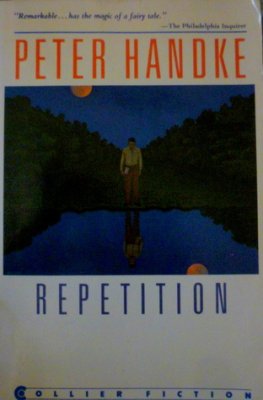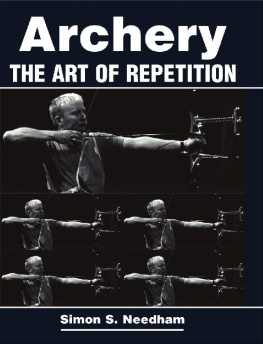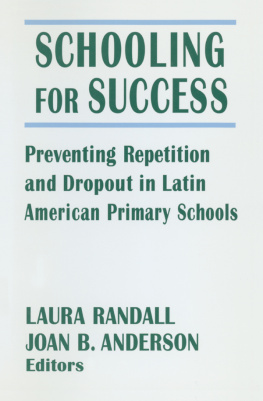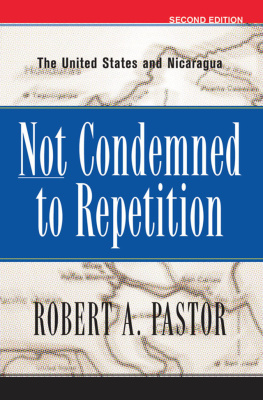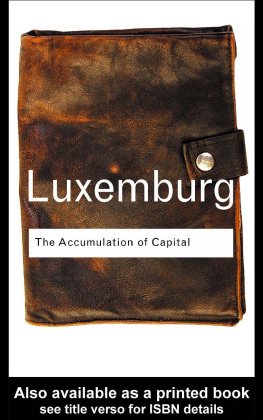
Different Repetitions
This book takes the concept of repetition beyond older anthropological debates over habit, structure, or cultural continuity and demonstrates its value in attempts to comprehend the temporal, spatial and ideological fields in which contemporary social scientists must operate.
Repetition has an ambiguous value in human societies. It may contribute to desired social and cultural reproduction or, equally, represent experiences of being trapped in cycles of routine and stasis. In this book, six anthropologists demonstrate the capacity of repetition to open up fertile areas of comparative ethnographic and historical work. Focusing on religious case-studies drawn from around the world, contributors ask when and how repetition is observed by interlocutors or fieldworkers. In the process, they explore the ethical, political and experiential dimensions of repetition as it operates at numerous scales of activity, ranging from intimate ritual, to forms of religious dissent, to haunting forms of historical recurrence.
The chapters in this book were originally published as a special issue of History and Anthropology.
Andreas Bandak is Associate Professor at the Department for Cross-Cultural and Regional Studies, University of Copenhagen, Denmark. His research interests centre on Orthodox and Catholic Christianity in the Levant. Currently, he leads the collective research project Archiving the Future: Re-Collections of Syria in War and Peace.
Simon Coleman is Chancellor Jackman Professor at the Department for the Study of Religion, University of Toronto, Canada. His research interests include Pentecostalism and pilgrimage, and he has conducted fieldwork in Sweden, the United Kingdom and Nigeria. He is Co-editor of the journal Religion and Society.
Different Repetitions
Anthropological Engagements with Figures of Return, Recurrence and Redundancy
Edited by
Andreas Bandak and Simon Coleman
First published 2021
by Routledge
2 Park Square, Milton Park, Abingdon, Oxon OX14 4RN
and by Routledge
52 Vanderbilt Avenue, New York, NY 10017
Routledge is an imprint of the Taylor & Francis Group, an informa business
Introduction, Chapters 14, Afterword 2021 Taylor & Francis
Chapter 5 2018 Ruy Llera Blanes. Originally published as Open Access.
With the exception of Chapter 5, no part of this book may be reprinted or reproduced or utilised in any form or by any electronic, mechanical, or other means, now known or hereafter invented, including photocopying and recording, or in any information storage or retrieval system, without permission in writing from the publishers. For details on the rights for Chapter 5, please see the chapters Open Access footnote.
Trademark notice: Product or corporate names may be trademarks or registered trademarks, and are used only for identification and explanation without intent to infringe.
British Library Cataloguing in Publication Data
A catalogue record for this book is available from the British Library
ISBN: 978-0-367-71224-2 (hbk)
ISBN: 978-1-003-14988-0 (ebk)
Typeset in Myriad Pro
by Newgen Publishing UK
Publishers Note
The publisher accepts responsibility for any inconsistencies that may have arisen during the conversion of this book from journal articles to book chapters, namely the inclusion of journal terminology.
Disclaimer
Every effort has been made to contact copyright holders for their permission to reprint material in this book. The publishers would be grateful to hear from any copyright holder who is not here acknowledged and will undertake to rectify any errors or omissions in future editions of this book.
Contents
Andreas Bandak and Simon Coleman
Maya Mayblin
Matt Tomlinson
Simon Coleman
Andreas Bandak
Ruy Llera Blanes
Morten Axel Pedersen
The chapters in this book were originally published in History and Anthropology, volume 30, issue 2 (March 2019). When citing this material, please use the original page numbering for each article, as follows:
Different repetitions: Anthropological engagements with figures of return, recurrence and redundancy
Andreas Bandak and Simon Coleman
History and Anthropology, volume 30, issue 2 (March 2019), pp. 119132
The ultimate return: Dissent, apostolic succession, and the renewed ministry of Roman Catholic women priests
Maya Mayblin
History and Anthropology, volume 30, issue 2 (March 2019), pp. 133148
Repetition in the work of a Samoan Christian theologian: Or, what does it mean to speak of the Perfect Pig of God?
Matt Tomlinson
History and Anthropology, volume 30, issue 2 (March 2019), pp. 149169
From excess to encompassment: Repetition, recantation, and the trashing of time in Swedish Christianities
Simon Coleman
History and Anthropology, volume 30, issue 2 (March 2019), pp. 170189
Repetition and uncanny temporalities: Armenians and the recurrence of genocide in the Levant
Andreas Bandak
History and Anthropology, volume 30, issue 2 (March 2019), pp. 190211
The good and the bad of the same: On the political value of historical repetition in Angola
Ruy Llera Blanes
History and Anthropology, volume 30, issue 2 (March 2019), pp. 212225
Anthropology of/as repetition
Morten Axel Pedersen
History and Anthropology, volume 30, issue 2 (March 2019), pp. 226232
For any permission-related enquiries please visit: www.tandfonline.com/page/help/permissions
Andreas Bandak, Department for Cross-Cultural and Regional Studies, University of Copenhagen, Denmark.
Ruy Llera Blanes, School of Global Studies, University of Gothenburg, Sweden.
Simon Coleman, Department for the Study of Religion, University of Toronto, Canada.
Maya Mayblin, School of Social and Political Science, University of Edinburgh, UK.
Morten Axel Pedersen, Department of Anthropology, University of Copenhagen, Denmark.
Matt Tomlinson, Department of Social Anthropology, University of Oslo, Norway; College of Asia and the Pacific, Australian National University, Australia.
Andreas Bandak and Simon Coleman
ABSTRACT
It is a central contention of this special issue that an anthropological engagement with repetition has the capacity to open up fertile fields of comparative ethnographic and historical work. In this introduction, we link our approach to past anthropological and philosophical works, connecting for instance to discussions of historiography, rhythm, scale, and the characterization of experience. We move on to consider the present and future uses of the concept of repetition, providing five dimensions that we consider helpful in exploring its nuances as well as its potentialities. These dimensions we designate as matters of production, medium, anticipation, consequence and scale. Each might be recognized within the discourse of informants or ethnographers or both. What they are intended to do is to provide an operational framework through which to anatomize processes of repetition as observable in whichever field we are investigating.


